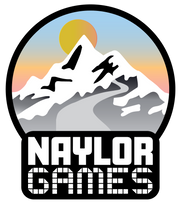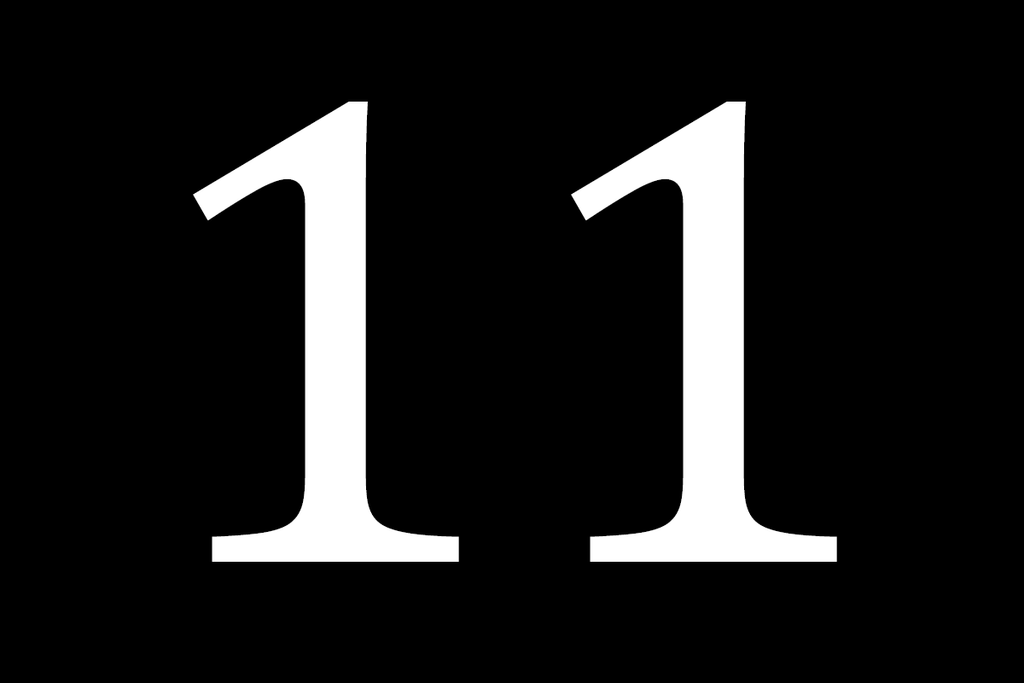A collection of resources to help you speed up and improve the process of working with artists. Especially useful if this is your first game and you’re the one in charge of making sure it’s beautiful.
As part of my journey to getting Magnate to market, I’m embarking on an entire aspect of the game development process that I have very little experience with: finding, commissioning and working with artists; specifically game illustrators.
At the community newspaper I run, we work with cover artists quite often and have produced lots of excellent magazine covers (link includes a selection from our print archive though only up to late 2017). But the briefs for Croydon Citizen covers are relatively simple. There’s a single striking image for a cover, focused on one idea – like a political cartoon or representation of a local issue – and we want the covers to be as completely individual as possible. Indeed, we want the artists to go to town in their own signature style rather than stick to something consistent. We try to avoid using the same artists too many times to keep each issue fresh, and avoid (other than typeface) a house style for our work. Here’s a great little example (and accompanying creative process!) by talented local artist Matt Bannister for a cover he did for the Citizen from a few years ago.
With my game though, I’m looking for a more specific aesthetic that has to echo its thematic heart and communicate the game feel. There are many pieces to execute and all of them must be in the same visually coherent style. There’s also a more complex relationship with the graphic design elements. While there needs to be space for the headline, logo etc on a magazine cover, there’s nothing complex to co-ordinate; like a grid on-top of artwork representing trees, roads etc which there will be in Magnate.
Very aware of my limitations, I’ve been doing a lot of research recently to plug the gaps in my knowledge. I’ve managed to find a few resources that have been very helpful so I thought I would share them in case anyone is in a similar situation.
Getting an overview
- Board Dame Design Lab – episode: “How to Work with Artists with Adrienne Ezell“
- Board Game Design Lab – episode: “Art Direction in Games with Nolan Nasser“
Most fortuitously, the Boardgame Design Lab podcast has produced not one but two excellent episodes this month about art in games. I would highly recommend them both but I would start with the more recent interview with Adrienne Ezell. It provides a broader overview by someone who has worked on it from every side: designer, publisher and artist. Once you’ve heard Arienne laying out the whole process, you can get a better idea of the role of art direction within that broader process from Nolan’s interview.
Finding artists
An easy and obvious place to go is BGG‘s art and graphic design forum inside the design forum section. It’s got lots of people actively looking for work. This is very useful because you can see if artists are currently available via ‘bumps’ on threads or other comments. This is very useful to know because good artists are often unavailable because they’re so in demand. Knowing this can save you a lot of time. Just to ‘illustrate’: one artist that I reached out to (separately to BGG) was booked a year ahead! It’s not a huge surprise as their work was incredible. But I am sure this is much more common than I previously assumed it would be.
Bonus: The pinned threads you’ll find at the top of the BGG forum are must-reads in case you are tempted to skip them. They provide a useful text overview of what you should think about before you contact an artist.
Artstation is very useful tool for finding illustrators across the world. It’s got a cleaner, less cluttered interface than DeviantArt (which was the only platform I knew about before I started looking.) which makes it easier to focus on the artwork itself. It seems to be more orientated to professional artists too which is handy if you are looking to achieve a professional finish for your game. But you will find great art in both places. The only problem is they are both so big they are tough to navigate. You also need to keep in mind that many of the artists you find will there will not have experience working on games specifically.
Lastly, but by no means least the More Games Please blog is an excellent place to go to find game artists specifically. Since mid 2017, Ross has been interviewing game artists about their work. Much of it is very beautiful and the interviews are very interesting of themselves. One highly recommended to find potential artists who are already well acquainted with creating art for tabletop games specifically.
Tracking potential artists
For this I have been using Airtable.
Personally I always find it much easier to run this kind of process effectively if you have a good tracking tool. Specifically, you want something where you can gather your potential artists together, see their work side-by-side with big images, track contact, store quotes and other information. If it’s shareable, you can then also use it collaborate with co-creators so you can discuss which art is the best fit.
I tried using Pinterest to collect the work of different artists first, but loathed it and quickly gave up. I love being able to attach well-organised meta-data to the artist; like quotes or notes on style fit. But Pinterest is mostly just pictures, comments and a bit of tagging. Fine for inspiration, but not a lot beyond.
So instead I turned to Airtable. As a bit of a productivity obsessive, I’ve wanted to use this super flexible database tool for a while, but didn’t have a good use case for it. Here is absolutely kills it. It’s ability to switch between gallery and spreadsheet view is exactly what I needed and you can add new fields (e.g. a status field) as you go, unlike a traditional database. You can even add a star rating to indicate level of fit to what you had in your head! You can see an example of how I’ve been using Airtable right here.
Building a moodboard
A common way to get your thoughts together to communicate with artists is by creating a moodboard. I won’t say too much about what really makes for a great moodboard yet because I am just too inexperienced to say. But once you start doing it, it’s a self-evidently great way of bringing together lots of different visual cues you want to provide to your artist: images that carry certain associations, textures, visual styles or ideas you like. It’s a great way of trying to turn nebulous thoughts about aesthetics into something that can be communicated.
One requirement I do know about, is the need to quickly assemble something just the way you need it and swap in and out elements quickly. I had already lost my temper with Pinterest, so I didn’t bother with it for this purpose. But lots of people find it a great and really simple way to create moodboards; it’s one of the sites central use cases, after all.
Canva was up next as I’d heard a huge amount about it and was keen to try it. It’s certainly really fast and comes with a wide array of built-in templates for moodboards specifically. Because it’s a graphic design programme, you’ll have a lot more flexibility than Pinterest. But its claims to be free seem to be misleading to me. I quickly needed something that was only available as a paid-for feature. Nevertheless it wasn’t unreasonably priced so I wouldn’t cheap out here, and would recommend to anyone who doesn’t already have a graphic design programme or experience using one.
In the end I personally came back to good ‘ol InDesign. Many years ago I worked as a graphic designer, so I know my way around it enough that it was just quicker overall to use this. To get me going and speed up my efforts I used this free template from Makers Collective. In the end, I discarded many of it’s guide rails anyway. But it meant I didn’t need to build something from scratch. This is a good option if you’ve used InDesign before but I wouldn’t try to tech yourself the application just to do this. If you’ve not used it before, Canva or Pinterest are almost certainly the better options; depending how much control you want.
Creating a style guide
- The Magic style guide (Part 1)
- The rest of the series (on this wiki link – sadly not included above!)
By far one of the most excellent resources (as it often is in game design) is from the team behind Magic the Gathering. This old but still amazingly interesting series, sets out one of the most important topics on art; having a central style guide to keep art consistent. Their team obviously has the more specific problem that one artist could not possibly create all their art for their cards. But the best practice is relevant for anyone.
This guide will help you understand all the thought that goes into creating that style guide and, hopefully, provide some inspiration about new ways to think about the art you want in your game.
If you know of any other useful resources, do please let me know!


Leave a comment